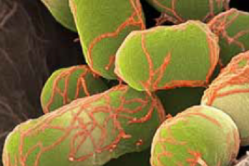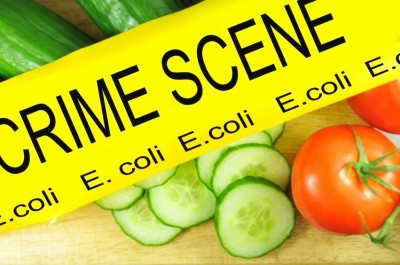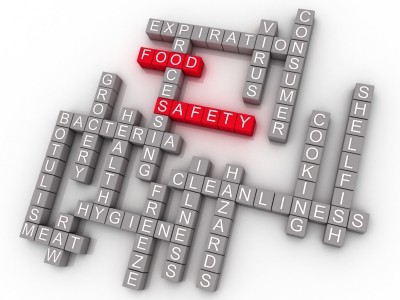Gel quality scores for E.coli typing need improving

Twenty-eight public health national reference laboratories from 28 EU/EEA countries signed up for the fourth international external quality assessment (EQA) scheme on typing of VTEC.
Findings demonstrate the need to improve laboratory procedures, gel analysis and interpretation with BioNumerics software.
The low level of participation in O grouping and H typing need to be explored and the reasons for the rates have to be addressed, said the European Centers for Disease Prevention and Control (ECDC).
Phenotypic tests for VT and β-glucuronidase production are also only performed by a small number of laboratories.
Typing methods
The EQA included PFGE, O:H serotyping, detection of virulence genes (eae, vtx1, vtx2 and ehxA), subtyping of the vtx genes, phenotypic detection of verocytotoxin/Shiga toxin production (VT/Stx), fermentation of sorbitol, production of β-glucuronidase, enterohaemolysin, and extended β-lactamase (ESBL).
20 out of 28 laboratories participated in the PFGE part of the EQA, and 45% were able to produce a PFGE gel of sufficiently high quality to allow for the profiles to be comparable to profiles from other laboratories.
The normalisation and interpretation of the profiles were performed using BioNumerics software.
Twelve laboratories (60%) completed the gel analysis and 50% performed in a fair to good accordance with the guidelines.
ECDC reported on typing for Listeria and Salmonella in previous EQA’s.
Quality variation
A wide variation in quality was seen between laboratories, found the report.
“Two parameters, cell suspension and lanes, had a high average score above 3.5, between good and excellent.
“Two parameters, restriction and DNA degradation, had an average score of 3.1 and 3.2, also between good and excellent. Three parameters, image acquisition and running conditions, bands, and gel background received an average score below 3 (2.2 and 2.9), i.e. between fair and good.”
52% of the laboratories participated in O:H serotyping, and 80% correctly serotyped the fifteen test strains (11 VTEC strains and one each of non-VTEC strains A/EEC, EAEC, ETEC and EIEC).
VTEC cases
The number of confirmed VTEC cases in the EU in 2011 was 9,485, which represents an increase of 159% compared with 2010.
“This large increase was the result of an outbreak in 2011 caused by an enteroaggregative verocytotoxin-producing E. coli O104:H4 that affected more than 3,816 persons in Germany alone, with linked cases in an additional 15 countries,” said the report.
Correct typing of virulence genes was 96% for eae, 98% for vtx1 and 99% for vtx2 and ehxA.
Subtyping of vtx was performed correctly by 94% for the three vtx1 subtypes, and by 93% for the four vtx2 subtypes.
Correct phenotypic characterisation ranged from 89% for VT production to 100% for ESBL production.
Source: European Centre for Disease Prevention and Control
Online doi: 10.2900/18942
“Fourth external quality assessment scheme for typing of verocytotoxin-producing E. coli”


















